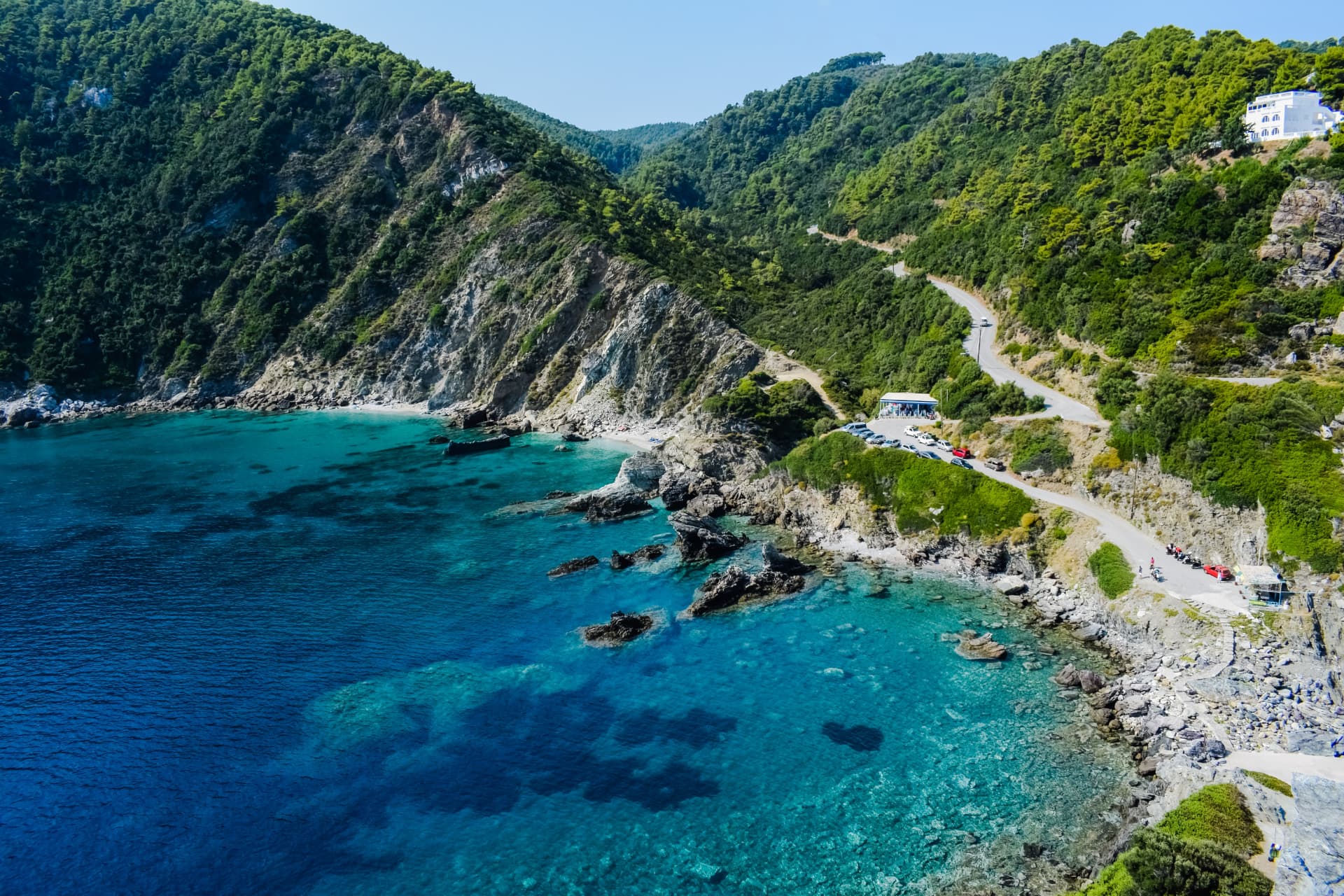A map of any ocean or sea looks like a big, blue, basic body of water. Within that body of water, though, are distinct marine ecological regions, or ecoregions — distinct areas defined by their “biogeographic” characteristics. Individual ecoregions contain specific water masses, have generally similar environmental resources in terms of quantity and quality, and may also host unique marine species.
But experts have long run into choppy waters when trying to precisely define these ecoregions and how they relate to each other. A lack of data for regions that are not adjacent to coastal areas exacerbates the issue, along with the large-scale dispersal potential of ocean currents, which can impact factors like species migration from one region to the next. Ocean currents and water characteristics also change in space and time on scales of just a few months, and tens of kilometers — and biological communities can respond to these changes in similar scales of time and space.
Now, a study by School of Earth and Atmospheric Sciences researchers, published this month in the journal NatureScientific Reports, is charting a new path to help scientists create tools to locate ecoregions and predict community susceptibility to those changes.
“Uncovering marine connectivity through sea surface temperature” suggests a new way to find these ecoregions and then connect them, thanks to recent advances in more than 40 years of satellite data that tracks surface temperatures that are indirectly related to ocean currents — as well as progress with computer science algorithms.
“We are now poised to define ecoregions that meaningfully delimit marine biological communities based on their connectivity, and to follow their evolution through time,” write the co-authors: professor Annalisa Bracco, graduate student Fabrizio Falasca, and one of Bracco’s visiting students, Ljuba Novi from the Institute of Geosciences and Earth Resources (part of the National Research Council in Pisa, Italy).
Through a time-dependent complex network framework applied to a 30-year dataset of sea surface temperatures in the Mediterranean Sea, Bracco says she and her team provide compelling evidence that ocean “ecoregionalization” based on connectivity can be achieved at space and time scales relevant to conservation management and planning.
The researchers note that that’s particularly important for any future sustainable uses of oceans, since their resources require protection, conservation, and restoration of marine species biodiversity.
“To achieve this goal, the identification of ecoregions and their connectivity in time and space is a key first step to developing effective strategies for targeted management — for example, figuring out where to implement marine protected areas,” Bracco explains. “The potential of a marine protected area to retain biodiversity and restock species abundance beyond its border is inherently linked to some form of regional discretization and population connectivity, such as larval and juvenile dispersal, or seeding across ecoregions.”
At the same time, the framework the study proposes allows for looking at ecoregions across time. “We can easily figure out if changes in currents are affecting regions where there is a high biodiversity, or check quickly how currents help or block invasive species.” Bracco’s team found that in the Mediterranean Sea, the invasion of the lionfish was halted by the fragmentation of the ecoregions in the late 1990s and early 2000s, and that it has also been helped by ocean currents since 2011.
Bracco and her researchers discovered the lionfish data thanks to new and higher resolution sea surface temperature data products that were previously unavailable to scientists.
For the analysis and the identification of ecoregions and their links, Bracco’s team also adapted a complex network methodology developed at Georgia Tech by a group led by Constantine Dovrolis, who serves as a professor in the School of Computer Science within the College of Computing.
The authors write that future studies of ecoregionalization should be an interdisciplinary approach involving physical, biological, and ecological oceanographers, since “ecoregions are essential units of comparative analysis in the assessment, management and solution of ecosystems problems.”
A Georgia Tech Faculty Development Grant assisted with funding for this research (Novi, L., Bracco, A. & Falasca, F. Uncovering marine connectivity through sea surface temperature. Sci Rep 11, 8839 (2021). https://doi.org/10.1038/s41598-021-87711-z)
For More Information Contact
Renay San Miguel
Communications Officer II/Science Writer
College of Sciences
404-894-5209





